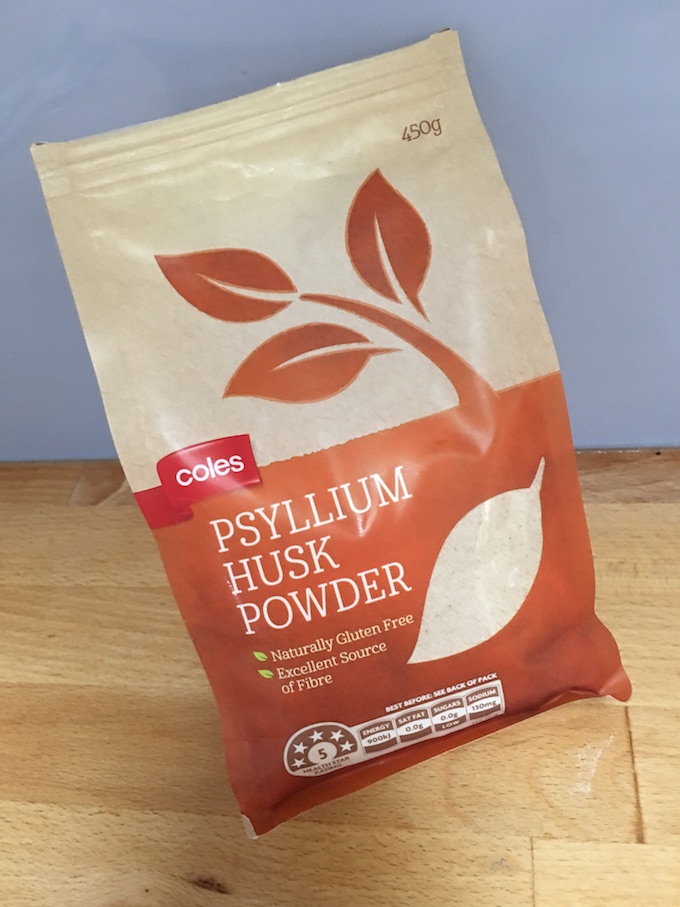- Home
- Blog
- Medical Diets
- Eat to beat cholesterol
Eat to beat cholesterol
Written by Catherine Saxelby
on Wednesday, 16 May 2018.
Tagged: cholesterol, cholesterol lowering, health, healthy eating, healthy lifestyle, high cholesterol, nutrition

When your doctor tells you that your blood cholesterol levels are too high, it can be a bit of shock. Often, you’ll be advised to go on medication called statins. These will reduce your cholesterol levels but for some people they do have side-effects. So, is there anything you can do to reduce your levels to avoid taking medication? The answer is “yes”. Take a look.
What can you do to reduce your cholesterol levels?
The answer is twofold – diet and activity. But first, consult your doctor before you undertake this, or any, diet and exercise regime, especially if you have other health problems such as diabetes or high blood pressure. If they have no objections, then try this for 3 months and then get re-tested.
Eat your way to lower cholesterol levels
There are 10 changes you can make to your diet to help you get your cholesterol down. The first three are aimed at improving your overall health.
- Remove junk food from your diet it has too much saturated fat, too much sugar and too much salt.
- Reduce your alcohol intake.
- Stop smoking.
The next 7 are steps you can take to actively reduce your levels
- Plant sterols are naturally occurring compounds that reduce cholesterol re-absorption. You can get these naturally through a balanced diet that includes plenty of vegetables, nuts and legumes but you'll need more to lower your cholesterol. You can boost your intake by consuming foods enriched with plant sterols. It’s often difficult to consume the required amount of one enriched food day after day, so I recommend using a variety.
For example:
- If you use sterol margarine such as Flora Pro-activ or Logicol only, you will need to eat 1 rounded tablespoon per day to get the required 2g of plant sterols. That’s hard to do.
- If you use HeartActive milk alone, you would need to consume 2 -3 serves (500-750ml) per day. Again, not that easy.
- If you choose to eat the cholesterol-lowering Weetbix, you’d need to eat 2 Weetbix. A little easier.
- However, if you had a slice of wholegrain toast with sterol margarine, one cholesterol-lowering Weetbix with a sliced banana and some HeartActive milk, and a drop of the same milk in your tea, then you’re pretty close to the 2g you need.
 Fibre is also great in the fight against cholesterol. Both soluble fibre found in legumes such as chickpeas and lentils, barleyMax and psyllium husks, and insoluble fibre such as that found in wholegrain products like brown rice, wholegrain pasta, bread and couscous are good.
Fibre is also great in the fight against cholesterol. Both soluble fibre found in legumes such as chickpeas and lentils, barleyMax and psyllium husks, and insoluble fibre such as that found in wholegrain products like brown rice, wholegrain pasta, bread and couscous are good.- Swap your morning coffee for tea. Tea contains substances called catechins which research suggests may also play a part in inhibiting cholesterol re-absorption.
- Eat some oats. Oats contain a soluble fibre called β-glucan which can also lower your cholesterol. So, if you don’t fancy the Weetbix mentioned above, say on colder mornings, make yourself some porridge with HeartActive milk instead.
- Eat more oily fish. Oily fish contain omega-3 fatty acids which have been found to keep your blood free flowing and to lower triglycerides, another kind of blood fat. Oily fish include tuna, salmon, mackerel, trout and sardines. Both fresh, canned and frozen.

- Looking for a snack? Grab a handful of nuts such as almonds or walnuts. They contain fibre, plant sterols and heart-friendly fats.
- Exercise will help reduce your cholesterol levels too. The ideal is 30 minutes of brisk exercise everyday but if you're currently not exercising at all then ANY exercise will be better than none. (Remember, check with your doctor first.) Try a brisk 15 minute, each-way, walk to the station instead of driving your car there and back. Or go for a walk at lunch time or ride your bike when you get home from work.
Important note
Plant sterols also lower carotenoids so you need to increase your intake of carotenoid-rich foods such as carrots, sweet potatoes, tomatoes and leafy greens.
The bottom line
A high cholesterol reading doesn’t necessarily mean you have to take medication for the rest of your life. With your doctor’s approval, give these tips a go for three months and see if you can get your cholesterol levels into the normal range. But remember, if they do come down, they’ll only stay down if you don’t go back to your old ways.
Foodwatch
The Good Stuff
The Boring Stuff
© 2025 Foodwatch Australia. All rights reserved
Website by Joomstore eCommerce





